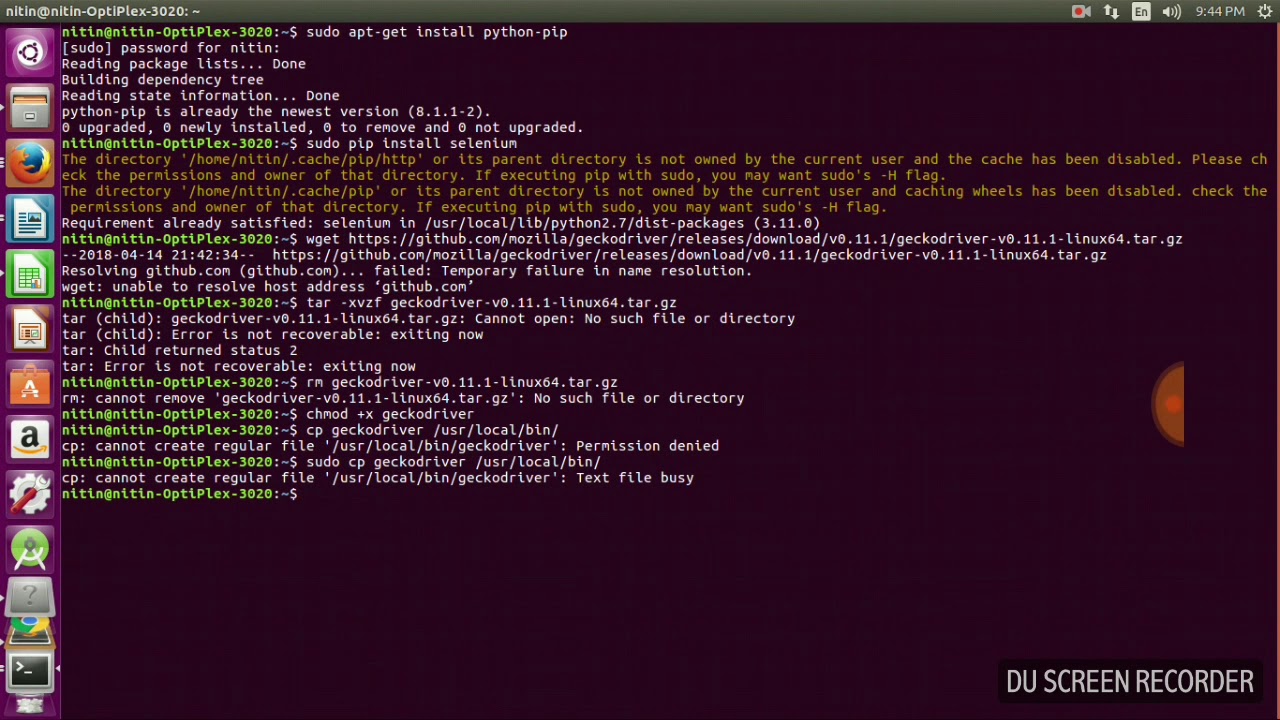
Next, let's see examples of using Selenium with ChromeDriver. Sudo chmod 0755 /usr/local/bin/chromedriver Sudo chown root:root /usr/local/bin/chromedriver Sudo mv -f ~/chromedriver /usr/local/bin/chromedriver

These other commands help install ChromeDriver version 2.38, by downloading the release archive: wget -N -P ~/ Sudo apt-get -y install google-chrome-stable Sudo echo "deb stable main" > /etc/apt//google-chrome.list

Sudo apt-get install -y unzip openjdk-8-jre-headless xvfb libxi6 libgconf-2-4 On Ubuntu 16.04, the following commands might help install Chrome: # install dependencies To use Selenium with the Chrome driver, you need to install Chrome itself (if it is not yet installed) and then ChromeDriver: I recently needed to install it on my Linux Ubuntu box for a project and it is now part of my standard toolset. I will focus on the Chrome driver, which I have experience with. Selenium requires a driver to interface with the chosen browser: Firefox requires "geckodriver", while Chrome requires "Chromedriver". Of course, to get started, I have to activate that environment and then "pip install" the selenium package. This gives me a virtual environment for any Selenium-related work I have to do. To create my environment, I could do: pyenv virtualenv 3.6.5 env_selenium In my case, as discussed in previous posts, I currently use "Pyenv" to manage multiple Python installations, including virtual environments. You need the Python "selenium" package, which you can install by doing pip install selenium.Įven better, use "virtualenv" to create isolated Python environments. Installation step 1: Python bindings for Selenium We will go through the installation steps and start with a couple of examples. This article starts a series where we are going to discuss how to use Selenium, from Python, for automating website navigation and doing visual data scraping.


 0 kommentar(er)
0 kommentar(er)
